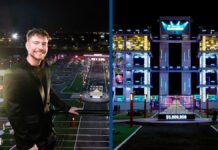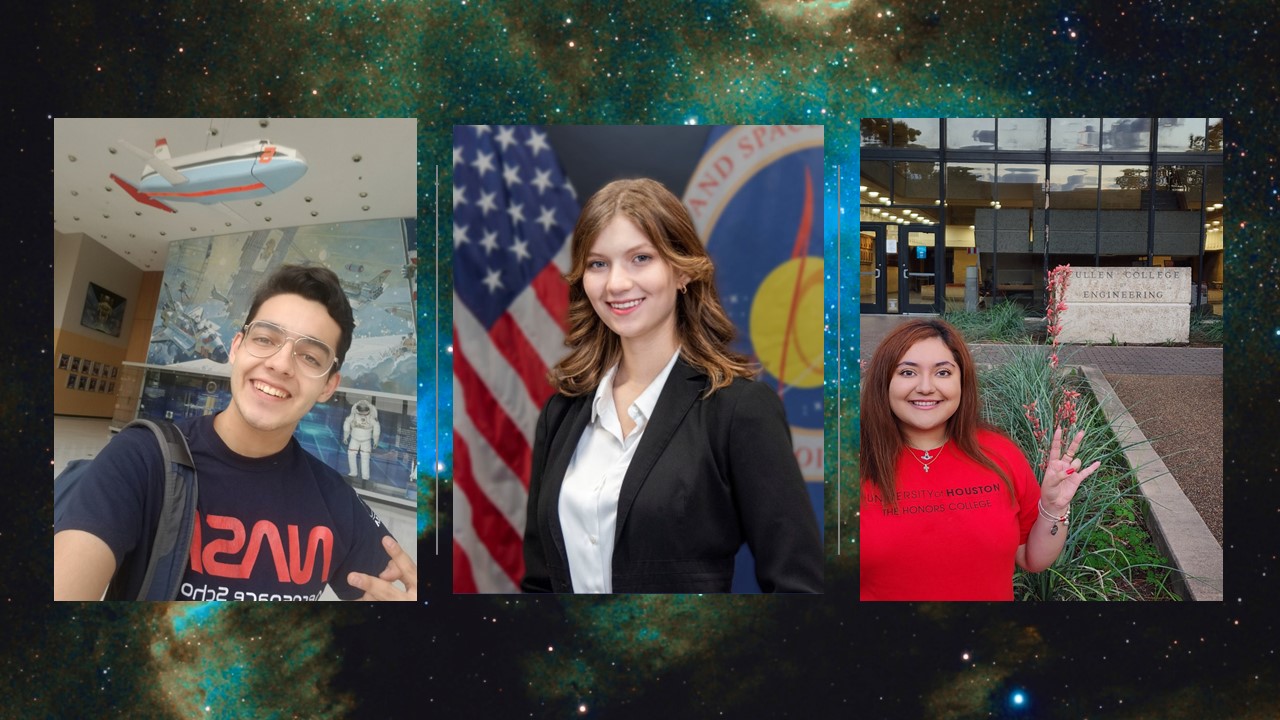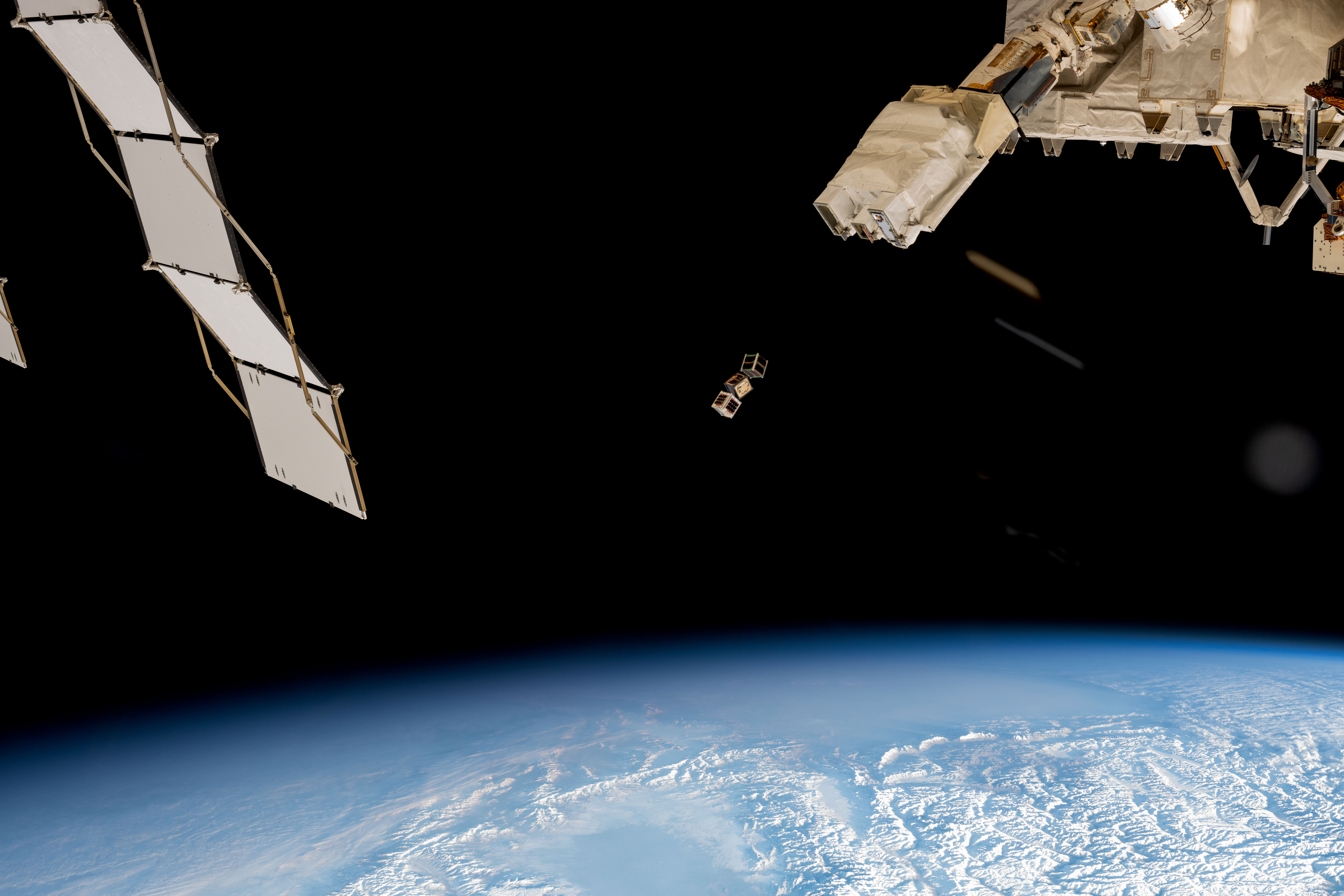Empowering the Next Generation of Space Explorers: NASA’s High School Aerospace Scholars Program
NASA’s mission to return to the Moon and establish a sustainable presence there demands the nurturing of innovative minds, ready to overcome future challenges. To achieve this, NASA’s Office of STEM Engagement at the Johnson Space Center in Houston is committed to inspiring and preparing the next wave of scientists, technologists, engineers, and mathematicians. One of the key initiatives is the High School Aerospace Scholars (HAS) program, which provides Texas high school juniors with an immersive experience in space exploration through interactive learning.
The HAS program is pivotal in introducing students to the vast array of careers and experiences integral to space exploration. Jakarda Varnado, the NASA HAS Activity Manager, emphasizes that the program pushes students to think beyond traditional career roles and encourages them to focus on the problems they aspire to solve.
Meet Former HAS Student Madeline King
Madeline King, a former HAS participant, has always aspired to a career in STEM, with a particular interest in working at NASA. Her involvement in the program significantly influenced her decision to pursue an engineering degree. Prior to joining HAS, King had a limited view of scientists and engineers, seeing them as either confined to laboratories or focused solely on design. However, the program revealed a more collaborative and interdisciplinary reality, where scientists and engineers often work hand-in-hand, sometimes even sharing roles.
The HAS program expanded King’s understanding of the diverse career paths a STEM degree can offer, particularly within NASA. It also enhanced her problem-solving abilities and creative thinking skills, as students are tasked with tackling complex technical challenges independently. King describes the program as both fun and challenging, which helped her excel in technical roles. She continues to leverage the skills she acquired in HAS in various projects and group settings.
Despite the limitations imposed by the COVID-19 pandemic, which restricted in-person interactions, King’s experience with HAS was still impactful. Her mentors provided valuable insights into graduate school options, helping her evaluate the pros and cons of advanced degrees versus gaining hands-on experience at NASA. The program opened doors to internships at Johnson Space Center in the Engineering Robotics and the Avionics Systems Integration Division. Currently, she is pursuing mechanical engineering at the University of Houston, with a focus on electronics, robotics, education, project management, and aviation.
Reflecting on her journey, King notes that her participation in HAS made her resume stand out early in her internship journey. It demonstrated her familiarity with NASA’s culture, values, and mission. Looking towards the future, King envisions herself as a flight controller, contributing to both the International Space Station Program and the Artemis campaign. Driven by her passion for NASA’s mission, she is eager to become a full-time engineer and play a part in the future of space exploration.
Meet Caroline Vergara
Caroline Vergara, a first-generation student, initially lacked the resources to explore her interests in aerospace engineering or even envision such a career. Her acceptance into NASA’s HAS program changed everything. The exposure to real-world innovation ignited a desire within her to be part of something larger, something that pushes the boundaries of human knowledge and capability.
Touring NASA facilities and observing engineers at work opened Vergara’s eyes to the opportunities available in STEM. She is currently a propulsion design engineering intern at United Launch Alliance, working on the Vulcan rocket as a Brooke Owens Fellow. Initially, Vergara believed that STEM careers were primarily about writing equations or running simulations. However, HAS showed her that they are about curiosity, collaboration, and the power to change the world.
During the program, Vergara joined a team of students to undertake a mission simulation project. They called themselves "Charlie and the Rocket Factory" and designed a prototype rocket together. Collaborating with peers from across the country demonstrated the power of diverse perspectives and what it means to be part of a team with a shared vision.
Vergara also discovered a passion for 3D printing and computer-aided design through HAS. She spent countless hours refining designs, captivated by the process of transforming digital models into physical reality. Her experience with HAS inspired her to give back, motivating her to return to her hometown to share her story and encourage other students to pursue STEM. Partnering with Johnson Community Engagement Lead Jessica Cordero, she organized video conferences with NASA engineers on International Women in Engineering Day to inspire the next generation to participate in space exploration.
As a mechanical engineering honors student at the University of Houston and the chief engineer of Space City Rocketry, Vergara aims to contribute to the Artemis campaign and advance NASA’s mission to explore the cosmos. Her dream is to contribute to space exploration efforts that return humans to the Moon and beyond. She hopes to one day work at Mission Control Center, guiding historic missions into the future.
Meet Iker Aguirre
For Iker Aguirre, the journey toward a career in aerospace began with a brief conversation during his freshman year of high school. A senior classmate described the HAS program as a transformative experience that solidified his passion for aerospace. This moment stayed with Aguirre, and when the opportunity arose, he eagerly applied.
HAS illuminated to Aguirre that achieving complex goals like the Artemis program requires a well-rounded set of teams and individuals. It showed him that studying aerospace is not a prerequisite for entering the aerospace industry. Despite participating in the remote-only version of HAS in 2020, Aguirre gained a deep understanding of the spaceflight industry.
HAS broadened Aguirre’s horizons, showcasing the diverse pathways into the field of aerospace. Through collaborative projects with peers across Texas, he learned that solving the challenges of space exploration involves more than just aerospace engineers. The program emphasized teamwork, leaving a lasting impression on him. Aguirre worked alongside students from various backgrounds, each bringing unique perspectives to problem-solving. This experience introduced him to dedicated and passionate individuals who shared similar dreams and aspirations.
Aguirre credits HAS with refining his technical skills and shaping his approach to innovation and teamwork. The experience has been invaluable as he progressed through his academic and professional journey, including internships with NASA’s Johnson Space Center in Houston and Marshall Space Flight Center in Huntsville, Alabama. The connections he made through HAS have opened many doors and introduced him to lifelong friends.
Currently pursuing a degree in rocket propulsion, with a focus on turbomachinery design, Aguirre remains committed to advancing space exploration. He hopes to contribute to humanity’s mobility in space by tackling challenges in rocket engine feed systems. For Aguirre, HAS was not just an educational program but a community and a purpose. He aims to inspire others just as he was inspired throughout his journey, aligning himself with NASA’s core values of benefiting humanity both on and off Earth.
NASA’s High School Aerospace Scholars program stands as a testament to the organization’s commitment to fostering the next generation of space explorers. Through hands-on experiences, mentorship, and collaboration, students like Madeline King, Caroline Vergara, and Iker Aguirre are equipped with the skills and inspiration to contribute to the future of space exploration. These young minds are poised to push the boundaries of human knowledge and capability, ensuring that the dream of returning to the Moon and beyond becomes a reality. For more information on the HAS program, you can visit NASA’s High School Aerospace Scholars page.
For more Information, Refer to this article.

































